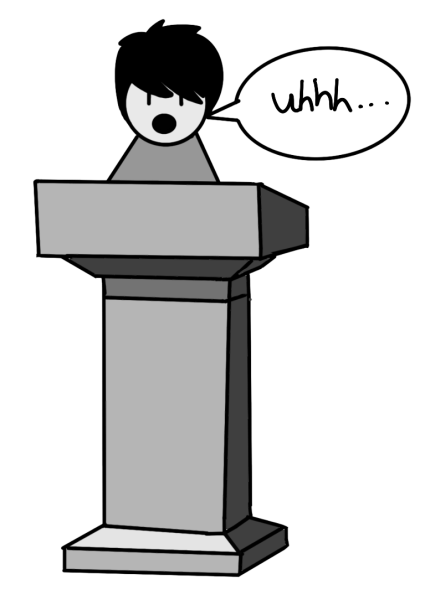Protect the Parks: Zero-waste substitutes to prevent time-consuming shopping
[embedyt] https://www.youtube.com/watch?v=60hPrboO3PI[/embedyt]
With the shelter-in-place order being strictly enforced by most of California, citizens are ordered to stay at home except for completing essential tasks, such as shopping for groceries or working an essential job like food production, utilities, healthcare and government workers.
This means that stores are now unable to safely accommodate crowds of people buying hoards of unnecessary items. Instead, stores are starting to implement policies that allow shopping for essential items.

These reusable items keep you at home and safe during a time when shopping is becoming inaccessible.
To minimize the necessity to go outside, here are four zero-waste items you can use as substitutes for everyday items.
The transition to working at home has been difficult for many. We are all used to buying things whenever we have time. However, in these trying times, we should all make an effort to stay at home whenever possible. Using reusable alternatives in place of single-use items can keep you safe and healthy inside your own home.
1. Save the plastic water bottles for the zombie apocalypse and start using a reusable water bottle. Plastic bottles and caps are the third and fourth most collected plastic items in the Ocean Conservancy’s annual beach cleanups in more than 100 countries.
Although there are time we do need to use plastic water bottles, there is no reason to not use a reusable bottle if you work from home. To stay hydrated, I typically go through two to three 18 oz Hydro Flask water bottles a day.
2. Since starting remote learning, I have started to drink green tea to keep myself alert and awake throughout the day. However, I immediately noticed the unnecessary waste gathered from tea bags, such as the individual plastic packets my tea bags came in and the plastic that many tea bags are actually made out of.
Luckily, I was able to find and use loose tea leaves and an infuser as alternatives for the single-use tea bags I was previously using. There are some creative infusers available online as well.
3. We all know the future is digital, so we might as well start converting our school work to our laptops. Studies are inconclusive about whether taking notes on a computer is a worse alternative than on paper, but teachers have already converted in-class material online, so we might as well do the same for our notes.
Not only will you save paper, but your notes can be organized in a single folder. By doing this, you have more resources to help you learn and curate high-quality visuals that are inaccessible when you handwrite your notes.
Additionally, if you happen to have a tablet at home with an Apple Pencil or generic stylus, you can take notes on various note-taking apps. Not only do you have the option to type on these notes, but you can handwrite and create visuals to pair with your notes.
4. Menstrual products are the bane of women’s existence. Pads, tampons and pantyliners — all vital to surviving a menstrual cycle — can cost a woman thousands of dollars in her lifetime. With reusable products, the price of your period decreases dramatically.
First, there are menstrual cups. Menstrual cups have an initial cost of $25 to30 dollars. However, they can be reused up to 10 years, according to Web MD. Additionally, you can keep a cup in for up to 12 hours a day.
Another option if you’re uncomfortable with the idea of a menstrual cup is cloth pads. Cloth pads have been used for years. They are not only comfortable, but are also easy to wash and can be reused for up to five years.












